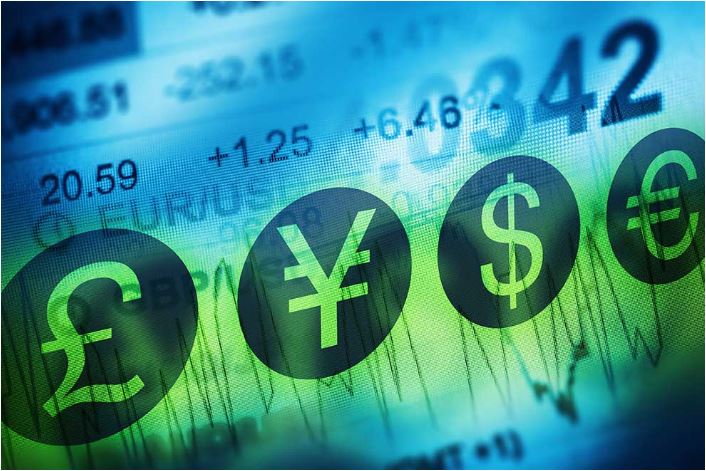The euro fell to the level of 122.85 lek on Wednesday, reaching the lowest level since the beginning of the pandemic.
According to the official exchange rate of the Bank of Albania, the euro has fallen below the previous lowest level of this year, which was recorded on May 12.
In fact, since March, the lek has remained in a strong and stable position against the euro, close to the level of 123 lek. In the analysis of the exchange rate performance during the first months of 2021, the Bank of Albania has concluded that the lek has created a seasonal tendency of appreciation against the euro in the first half of the year. Since 2015, March and April are characterized by a monthly appreciation of the lek against the euro, averaging 0.2% and 0.4%. The exception to this behavior was the year 2020, when the foreign exchange market suffered a short-term shock from uncertainty, with the spread of the pandemic in the country.
According to the Bank of Albania, for the first quarter of the year the current account deficit reached 309 million euros. This figure is about 30% higher compared to the first quarter of last year, but 12% lower compared to the last quarter of 2020. Based on this fact, the appreciation of the lek against the euro between the last quarter of 2020 and the quarter of 2021 (as well as the depreciation compared to the same period a year ago) may find some kind of support, at least in part, in the fundamental factors that determine its performance.
On the other hand, the supply of lek in the market is at the highest levels ever recorded, due to the monetary policy pursued by the Bank of Albania. The M2 monetary aggregate is in double-digit annual growth and an expansion of the domestic currency supply should, in theory, exert devaluing pressures on the exchange rate. In fact, such a thing is not happening.
Foreign exchange operators have generally observed a low demand for the euro, as the main explanation for the lek’s appreciating trend in the exchange rate.
One factor, with a significant impact on the exchange rate, remains the income from informal or illegal activities. Their performance is theirs it is impossible to measure accurately nor the extent of their impact on the exchange rate. However, in recent years it is perceived that large informal amounts are being invested in the construction sector, leading to an increase in exchanges and the euro in the market.
With the start of the summer season, the lek is giving further appreciation signals, a common seasonal trend, associated with the increase in foreign currency supply during the summer months. This year, Albania has lifted all restrictions on foreign travelers, in order to encourage inbound tourism. This factor may have begun to have an impact on foreign exchange inflows, especially from visitors to countries in the region. Often, on weekends this year, the influx of visitors from Kosovo to Albania has been typical. In its analysis, the Bank of Albania has noted that the extension of the tourist season has made the impact of this factor on the exchange rate to be more diffuse, affecting especially June and September.
After the shock suffered in the first moment of the pandemic, the euro-lek exchange rate stabilized quickly, even with the intervention of the Bank of Albania. In continuation, the trend of the exchange rate has been mainly in favor of the lek. If we believe the historical trends, the likelihood is that the appreciation of the lek will continue gradually during the summer months, which is accompanied by an increase in foreign exchange inflows and an improvement in the external position of the economy.




